Dispute Invoice Letter Template for Resolving Billing Issues
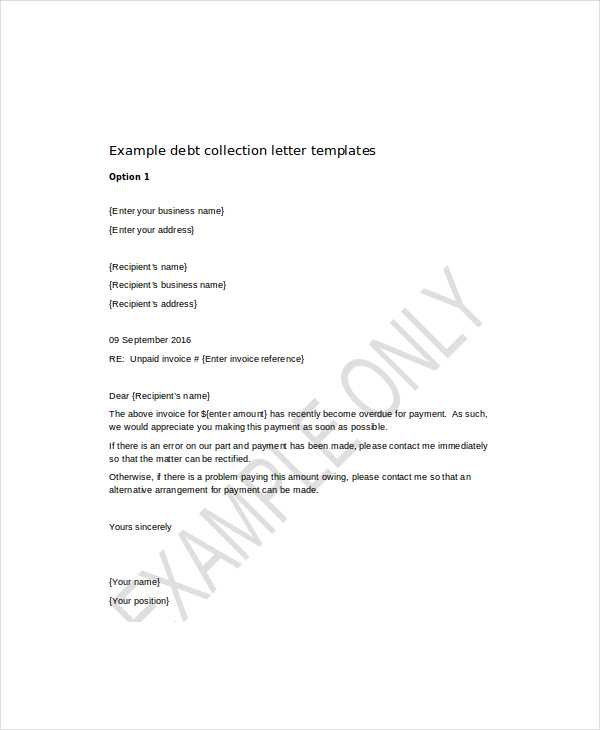
Dealing with financial discrepancies can be a challenging task for any business or individual. Whether it’s an incorrect charge or an unclear charge breakdown, addressing such concerns swiftly and professionally is essential to maintaining good relationships and ensuring accurate transactions. Addressing these matters in writing is a crucial step toward resolving issues without unnecessary conflict.
Crafting a well-structured message that clearly outlines the problem and suggests a solution is key to effective communication. A formal document helps convey your concerns professionally, providing a clear and structured approach to fixing any billing issues. Using the right tone and language can help avoid misunderstandings and lead to a quicker resolution.
Understanding how to approach these situations with care and precision is essential to preventing prolonged disputes and maintaining a positive rapport with clients and service providers. A well-crafted response can make all the difference in reaching a satisfactory outcome for all parties involved.
Understanding the Need for Billing Discrepancy Resolution
When a financial misunderstanding arises between parties, it’s important to address the issue in a timely and structured manner. These conflicts can range from miscalculations to misunderstandings over agreed-upon terms, which, if left unaddressed, can lead to tension and loss of trust. Resolving such issues efficiently ensures that both parties can continue working together smoothly and maintain a positive business relationship.
Here are a few reasons why handling billing problems properly is crucial:
- Protecting Professional Relationships: Addressing concerns promptly shows professionalism and respect for the other party.
- Preventing Escalation: Ignoring financial errors can cause unnecessary stress and confusion, leading to bigger problems down the line.
- Maintaining Financial Accuracy: Ensuring the correctness of records is essential for accurate budgeting and long-term financial health.
- Building Trust: Clear communication and resolution show that both sides are invested in a fair, transparent partnership.
Addressing such issues helps to clear up misunderstandings, correct inaccuracies, and prevent them from becoming recurring problems. A thoughtful response demonstrates a commitment to fairness and accountability, which can ultimately lead to better collaboration and mutual respect in future transactions.
How to Write a Clear Billing Issue Response
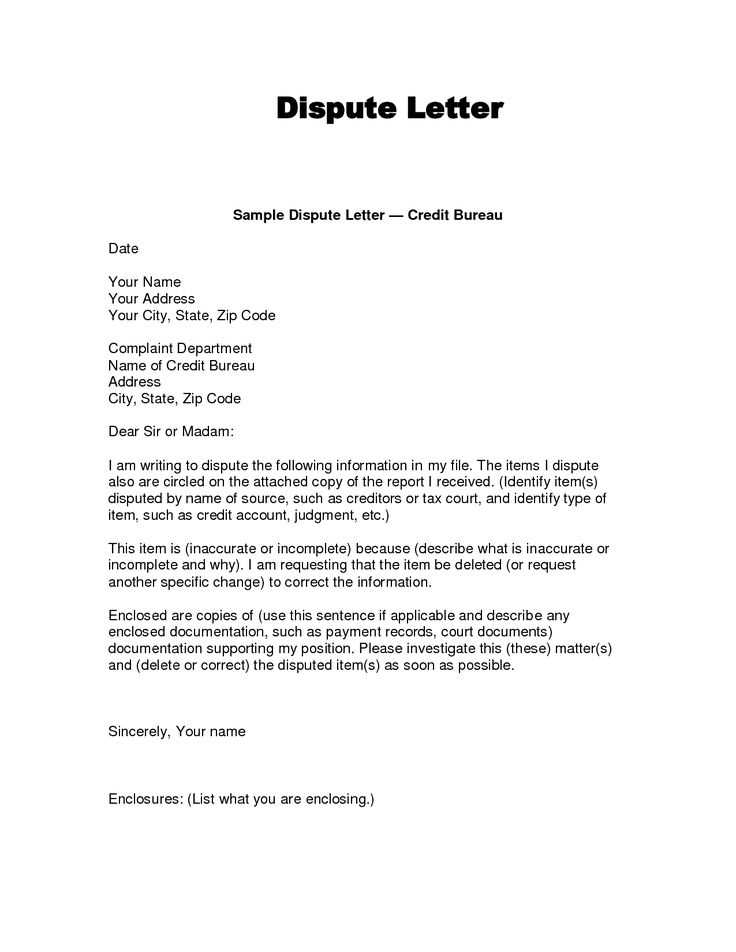
When addressing any financial discrepancy, clarity is essential to avoid confusion and ensure that the concern is understood. A well-crafted response outlines the issue in a professional manner, providing enough information to make the situation clear. It’s important to remain factual, concise, and polite while outlining the problem and suggesting a resolution.
Here are the key components to include in your response:
| Section | Description |
|---|---|
| Introduction | State the reason for writing and clearly identify the issue you’re addressing. |
| Details of the Problem | Provide specifics about the error, such as incorrect charges, missing items, or unclear terms. |
| Supporting Evidence | Attach any relevant documents or data that support your claim, such as receipts or previous agreements. |
| Requested Action | Clearly state what action you’d like the recipient to take to resolve the matter. |
| Conclusion | Close the message politely, expressing your hope for a quick resolution. |
By following this structure, you ensure that the recipient understands the issue, the supporting evidence, and the desired outcome. A concise, professional approach helps to move the process forward efficiently, reducing the chances of further misunderstandings.
Common Reasons for Billing Discrepancies
Financial errors can arise for a variety of reasons, leading to confusion and disagreements between parties. These issues often stem from miscommunication, misunderstandings, or simple clerical mistakes. Identifying the cause of the problem early on can make it easier to resolve and prevent future occurrences. Below are some of the most common reasons behind billing errors.
Clerical Errors
One of the most frequent causes of discrepancies is human error. Simple mistakes such as incorrect amounts, duplicate charges, or wrong dates can easily slip through the cracks. These errors can be caused by a range of factors, from oversight to misinterpretation of data. Double-checking records before finalizing financial documents can help prevent these issues.
Misunderstandings Over Terms
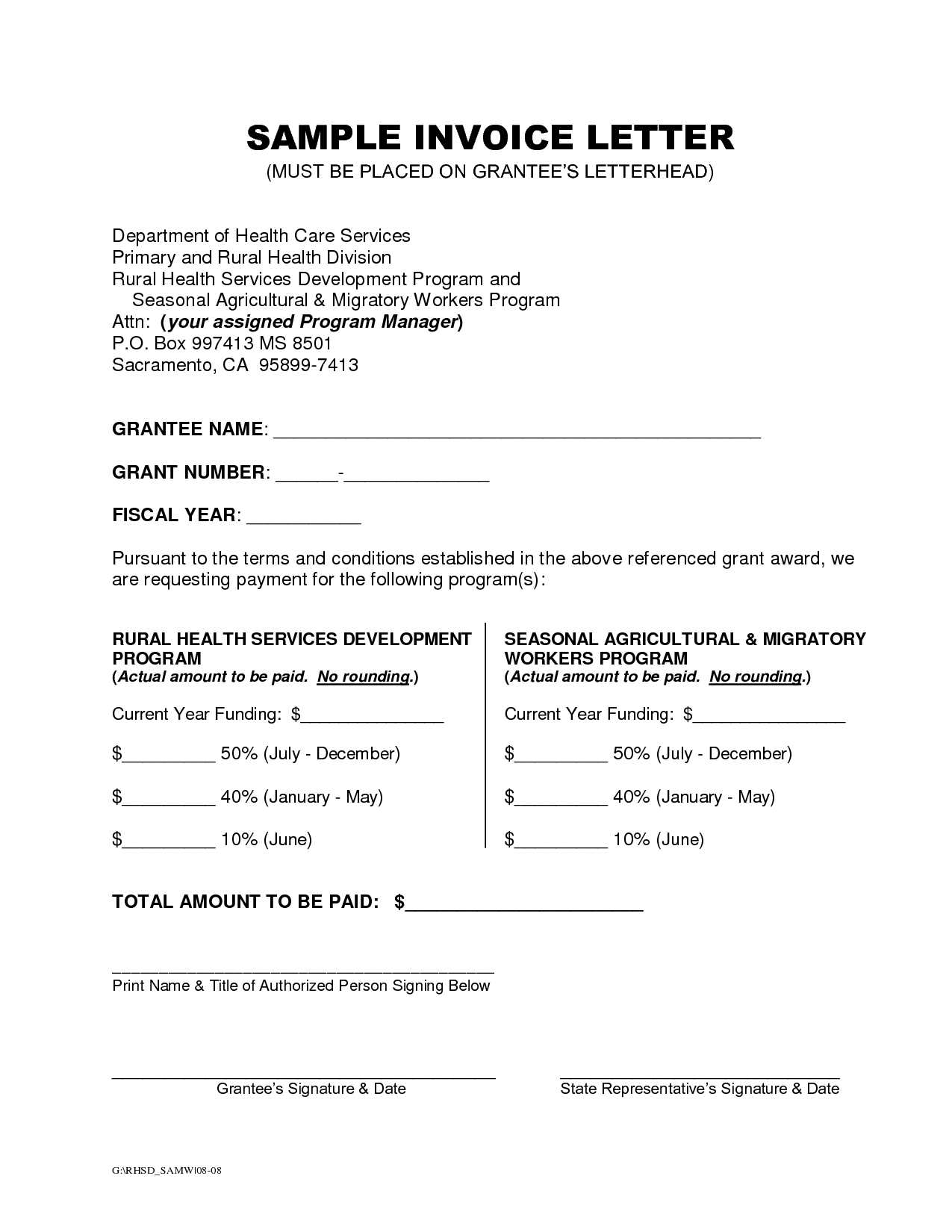
Miscommunication regarding agreed-upon terms can lead to confusion about the final amount due. This could include misunderstandings about services provided, delivery dates, or payment schedules. To avoid such discrepancies, it is essential that all parties clearly define terms and confirm details before proceeding with any transaction.
Key Elements to Include in Your Communication
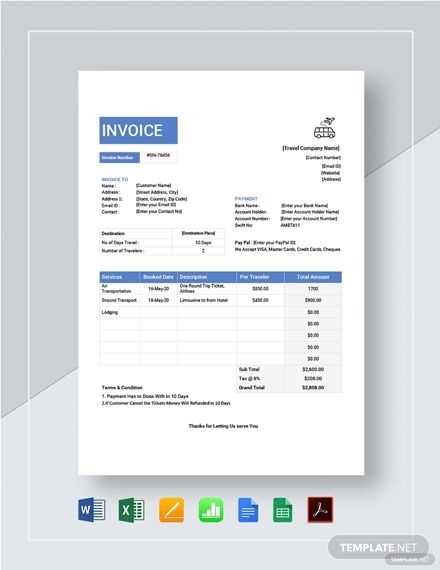
When addressing a financial concern, it’s essential to ensure that all critical information is clearly communicated. A well-structured message not only helps the recipient understand the issue but also outlines the desired resolution. The following elements should be included to make your communication clear and effective.
Clear Identification of the Problem
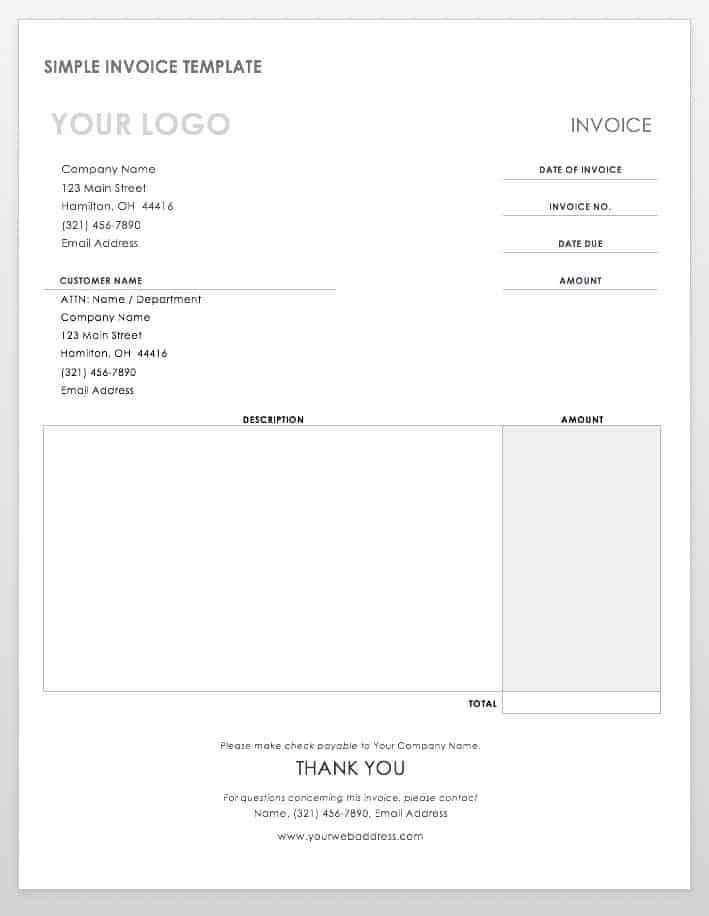
The first step is to identify the problem in a straightforward manner. Describe the specific error or issue, such as an overcharge, incorrect item listed, or missing service. Providing accurate details, such as reference numbers or transaction dates, will help the recipient quickly understand what needs to be addressed.
Supporting Documentation
To back up your claim, include relevant documents, such as receipts, contracts, or previous correspondence. This helps to provide proof of your position and reduces the chances of further confusion. Ensure the attachments are clearly labeled and easy to reference within your communication.
Best Practices for Professional Communication Formatting
Proper formatting is essential when addressing financial discrepancies. A well-structured message helps ensure that the recipient can easily understand the issue and take the necessary steps to resolve it. Clear and professional presentation not only conveys the seriousness of the concern but also fosters a smoother resolution process.
Here are a few best practices to follow when composing your message:
- Keep it concise: Stick to the essential details and avoid unnecessary information. A brief and direct approach is more likely to get attention and lead to a prompt response.
- Use a professional tone: Maintain a respectful and courteous tone throughout the message. Even if the situation is frustrating, staying polite helps prevent escalation.
- Be organized: Use headings and bullet points to break the text into digestible sections. This makes it easier for the recipient to understand the points you’re making.
- Proofread: Always review your message for grammatical errors, clarity, and accuracy before sending it. A polished document reflects professionalism and helps avoid misunderstandings.
By following these guidelines, you ensure that your communication is clear, respectful, and effective, paving the way for a swift resolution to the issue at hand.
Tips for Effective Communication with Clients
Maintaining open, clear, and professional communication with clients is crucial, especially when addressing any concerns related to transactions or agreements. The way you approach these situations can significantly impact your ongoing relationship with the client and help prevent misunderstandings from escalating.
Here are some essential tips to ensure effective communication with clients:
- Be proactive: Address issues as soon as they arise to avoid any delays or frustrations. Prompt responses show attentiveness and commitment to resolving concerns quickly.
- Listen actively: Take time to understand the client’s point of view before responding. This helps build trust and ensures you fully grasp the situation before taking action.
- Use clear, simple language: Avoid jargon or overly technical terms. Clear and straightforward language helps prevent confusion and ensures that both parties are on the same page.
- Stay calm and professional: Even in the face of a disagreement, it’s important to maintain a composed and respectful tone. This helps to keep the conversation productive and focused on finding a solution.
- Follow up: After addressing a concern, make sure to follow up with the client to confirm that the issue was resolved to their satisfaction. This reinforces your commitment to excellent service and strengthens the client relationship.
By applying these strategies, you create an environment of trust and collaboration, which can lead to smoother problem-solving and continued positive interactions with your clients.